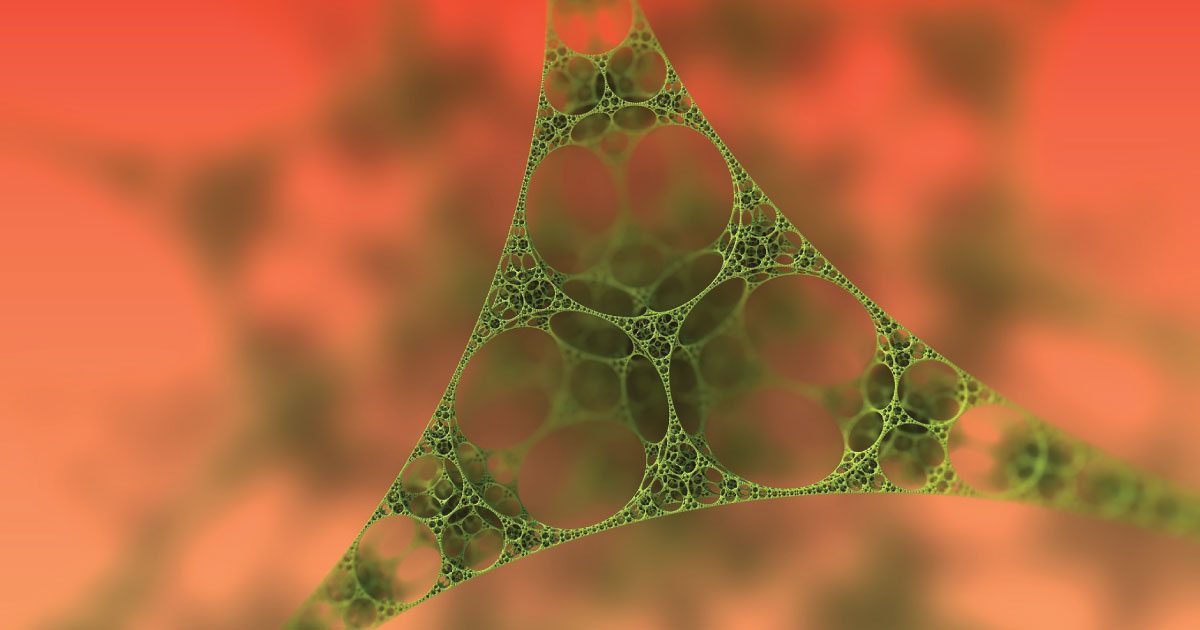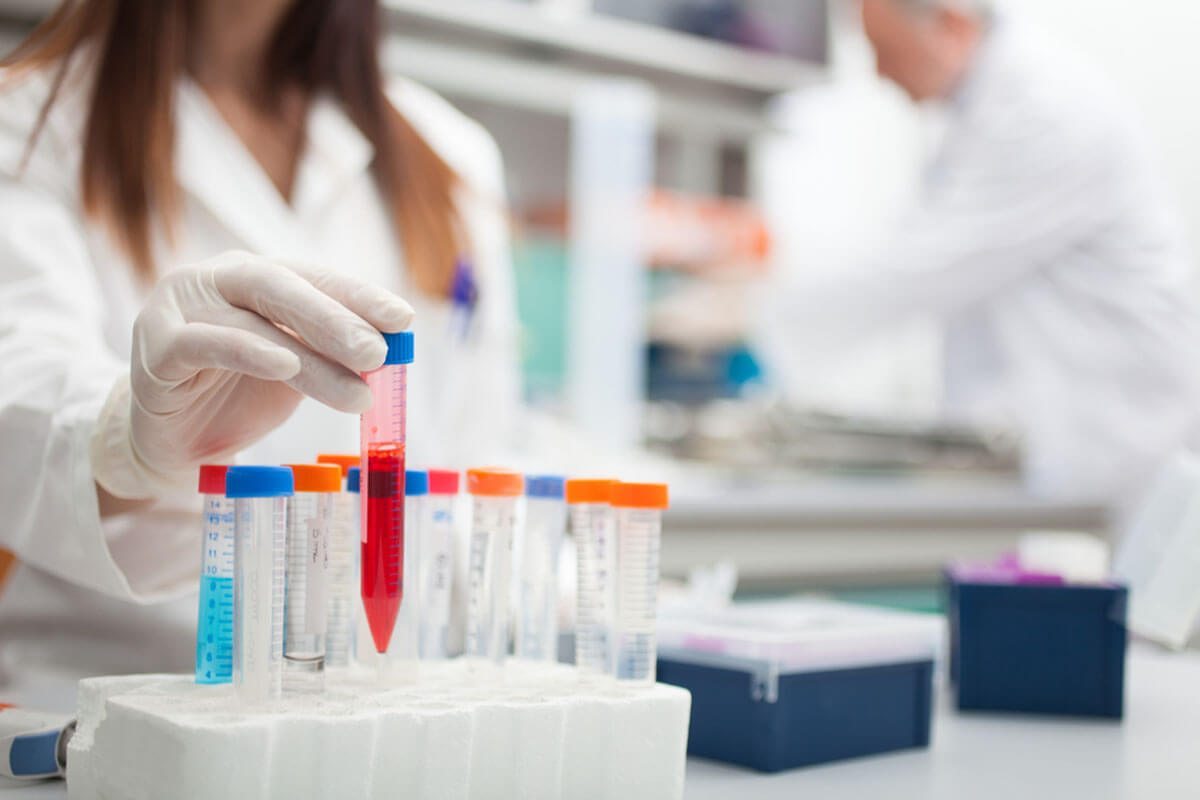Mesothelioma Help Cancer News

Your Presence is the Perfect Present For Mesothelioma Patients
This time of year everyone is rushing around hoping to make the holidays perfect. While that means something different to everyone – decorations, gifts, lots of food, or chocolaty desserts – for those suffering from mesothelioma it may just mean having their loved ones close by their side.
During the holiday season, feelings of sadness, loneliness and anxiety about an uncertain future for mesothelioma patients and their families are often accentuated leaving them depressed and overwhelmed. One thing that could lift your mood, and is within your control, is to simply take the time to revel in the enjoyment of your family and friends. Jennifer Gelsick, a “Faces of Mesothelioma” author, said on Friday that her father’s presence was the best present she had at Christmas, and just having his family home for the holidays buoyed her father’s spirits.
If you have a friend or a loved one who is sick over the holidays and you are not able to visit them, take the time to send a hand-written card or make a phone call to let them know you are thinking of them. In this day of technology, a personal touch can go a long way towards brightening someone’s day.
Sit back and try to enjoy the enjoy the simple pleasures of the holidays: the lights of the season, a light snow falling, a football game on TV, a fire in the fireplace or the bite of a delicious cookie. And, especially, the company of your family and friends. Remember that it is your presence that is the best present!
Happy holidays from all of us at MesotheliomaHelp.

Dad’s Presence at Christmas Was The Best Present
Anyone who knew my father knew that he loved Christmas! The snow, the family time, the togetherness, and the true meaning of the season made his usual smile sparkle even more. It was always a magical time for Dad and my entire family.
On Christmas morning, once presents were open, he always had something up his sleeve. Somewhere, hidden in the house, was a big present that no one else knew about. I always looked forward to this; not the gift itself, but his excitement in knowing that he was about to surprise us. It was fun, absolutely, but it wasn’t what mattered. It was his presence, not the present, that was important.
Christmas of 2011 was a rough one for us all. Dad was going downhill quickly, and no one knew why. Doctors were stumped, we were sad, and it was clear to everyone that he may not be around for much longer. Still, he tried his best to push through his exhaustion, shortness of breath, and pain, and smiled. That year, however, there was a sadness behind it.
Fast forward to 2012. Dad was finally correctly diagnosed that year, had his surgery, chemotherapy, and a clinical trial, and was feeling great! I think this might have been the happiest I had ever seen him on Christmas. He laughed, joked, ate, and of course, surprised us all, as per usual! I will always remember his smile that day; he had been given a gift from God, and it was written all over his face.
The next year, 2013, everything was different. We were celebrating our first Christmas without my father, the glue who held us all together, only about two months after he passed away. We did our best to keep our traditions as normally as possible, only to find ourselves at a loss. We realized that Dad wouldn’t want that, so we tried to pick ourselves up and remember the reason for this day. God’s promise. The beauty of Jesus’ birth.
This year, we’ll be celebrating again, as we do each year. The addition of my three year old daughter adds a beautiful light, and looking into her blue-green eyes that look just like Dad’s, I remember all the memories I made, particularly on Christmas, with my angel father. I am reminded of the importance of family and the message of Christmas. We continue on, never forgetting, but keeping Dad’s memory close to our hearts.

Use of Nanoparticles in the Future May Gauge Progression of Mesothelioma, Increase Survival
Researchers have been tapping into nanoparticles, one of the newest cancer-fighting technologies, as a safe, effective means to treat cancers. MesotheliomaHelp has reported on the use of them as a microscopic drug delivery system to improve immunotherapy in mesothelioma patients. Now, one team of researchers reports they can use nanoparticles as a means to gauge whether a cancer is progressing by detecting even the smallest of tumors.
In hopes of finding an effective way to detect cancer cells in the earliest stages of metastases, researchers from Rutgers (https://news.rutgers.edu/faster-more-accurate-cancer-detection-using-nanoparticles-rutgers-led-study-finds/20171207#.WjF5q1WnHIU) University tested light-emitting nanoparticles in mice injected with human breast cancer cells. According to a Dec. 11 press release from Rutgers, the test was conducted using nanoprobes, or miniscule x-ray devices injected into the mice and carried through their bloodstream, allowing the researchers to “get a quick and reliable image of the location of affected cells in the body.”
“We’ve always had this dream that we can track the progression of cancer in real time, and that’s what we’ve done here. We’ve tracked the disease in its very incipient stages,” said Prabhas V. Moghe, a corresponding author of the study and distinguished professor of biomedical engineering and chemical and biochemical engineering at Rutgers–New Brunswick.
The researchers were able to distinguish even the tiniest of lesions and tumors just three to five weeks after the mice were injected. “The nanoprobes were significantly faster than MRIs at detecting” the growing cancer cells. Vidya Ganapathy, corresponding author and assistant research professor in the Department of Biomedical Engineering, believes this can translate to months when it comes to early detection of cancer in people.
Mesothelioma, an unusual form of cancer caused by exposure to airborne asbestos fibers, often has a complex growth pattern making complete surgical removal a very difficult task. Although the goal of the surgery is to achieve a macroscopically-complete resection, which refers to the removal of all visible tumor cells, determining if that was accomplished is not always possible.
“The Achilles’ heel of surgical management for cancer is the presence of micro metastases,” said Dr. Steven K. Libutti, director of Rutgers Cancer Institute of New Jersey. “The nanoprobes described in this paper will go a long way to solving these problems.”
The nanoparticles in this breakthrough discovery could be used to:
- Detect cancer early;
- Improve patient cure rates;
- Improve cancer survival times;
- Guide precise cancer treatment; and,
- Limit cancer metastasis.
All of the above benefits are a win for mesothelioma patients who often suffer from the aggressive growth and spread of the asbestos-caused cancer. Survival times for mesothelioma patients are often limited to a year due to the inability to track the fast-growing cancer cells.
There is much more research to be done, however, the Rutgers team is hopeful that this technology will be useful on all types of cancer, including mesothelioma. They anticipate availability of the product within five years.
Read the full study in the Dec. 12 issue of the journal Nature Biomedical Engineering (https://www.nature.com/articles/s41551-017-0167-9).

“Powerful” Pain Reliever On the Horizon for Mesothelioma Patients
Mesothelioma patients often suffer from unbearable pain from which they rarely get a break. Whether it is pain from the tumors or treatment, patients report it is this pain that most impacts their quality of life. Now, researchers report they have found a “powerful” pain reliever that could change the lives of the millions of Americans suffering from chronic pain.
Read about a clinical trial being conducted to assess whether radiation therapy can be an effective form of pain relief for mesothelioma patients.
https://clinicaltrials.gov/ct2/show/NCT01991938
A team of researchers at the University of Texas at Austin made it their mission to find an effective pain reliever that is safe, effective and non-addictive. With opioid addiction a national crisis, the chemists, led by Stephen F. Martin, Professor, Department of Chemistry at UT, turned to the experimental drug UKH-1114. In a study of mice with nerve damage, the team discovered that one small dose lasted for days as compared to hours like other non-opioid drugs, according to an Aug. 16 press release announcing the findings.
http://www.prweb.com/recentnews
When compared to the widely-used drug gabapentin, an alternative to opioids, often prescribed for neuropathic (nerve) pain from chemotherapy, shingles and diabetes, UKH-1114 required just one-sixth the dose for the same relief and did not cause any cognitive impairment. The drug binds directly to receptors in the central nervous system called the sigma 2 receptor.
Sigma-2 receptors not only affect motor function and emotional response, they may also affect cell proliferation and immune response.
“This opens the door to having a new treatment for neuropathic pain that is not an opioid,” said Martin. “And that has huge implications.”
MesotheliomaHelp has reported numerous times on neuropathy from the chemotherapy that is given to nearly all mesothelioma patients. Patients trying to manage the well-known side effects of nausea and fatigue, are often caught off guard by the unforeseen pain of chemo-induced neuropathy. Chemotherapy can cause nerve damage, leading to shooting pain, burning, tingling, numbness, problems with balance and grasping things, as well as cold or heat sensitivity. Neuropathy can also result from radiation and surgery, or from the tumor itself.
According to the National Institutes of Health, nearly one-third of all cancer patients who receive chemotherapy will be affected by chemotherapy-induced peripheral neuropathy, and it is a leading reason why people with cancer stop chemotherapy early.
The researchers are still trying to get a grasp on how the sigma 2 receptor relieves pain, and they report that there is still more work to “demonstrate safety, efficacy and oral bioavailability” of UKH-1114 before taking it to market. But the team is “excited by the compelling results” from their research.
“We started out just working on fundamental chemistry in the lab,” said co-lead James Sahn, a research scientist in the Department of Chemistry. “But now we see the possibility that our discoveries could improve the quality of people’s lives. That is very satisfying.”
Read more about the study in the June 23, 2017, issue of ACS Chemical Neuroscience.
http://pubs.acs.org/doi/abs/10.1021/acschemneuro.7b00200

BAP1 Gene Research Opens Door to Mesothelioma Clinical Trial
For years, Michele Carbone, MD, PhD, and a team of researchers from the University of Hawaii Cancer Center have focused their mesothelioma research on the BAP1 gene. The researchers suspected that mutations of the BAP1 gene, which is involved in tumor suppression, might underlie mesothelioma in people with a strong family history of the disease. Now, in a recent study, the team has uncovered the mechanism behind the gene and what makes people with it more susceptible to developing cancers from environmental carcinogens, such as asbestos.
The researchers found that the BRCA1-associated protein 1, or BAP1, regulates a channel (IP3R3) inside cells that moves calcium. When the BAP1 gene is damaged, calcium levels decrease leaving the cells more apt to become malignant after environmental carcinogen exposure, according to June 14 press release from the University of Hawaii Cancer Center.
The study also led to the discovery in mouse models that this same effect left the cancer cells resistant to chemotherapy. Mesothelioma cells have an uncanny ability to fight off even the most toxic anti-cancer agents, allowing the cancer cells to spread and thrive.
Mesothelioma, a cancer caused by past asbestos exposure, is diagnosed in nearly 3,000 Americans each year. These people are faced with a long road of ups and downs after a seemingly successful cycle of chemotherapy ultimately fails and the cancer returns. Due to the aggressiveness of the cancer and its resistance to treatments, mesothelioma oncologists then turn to another chemotherapy to again attempt to quash the cancer.
Once the UH researchers found the “why” behind BAP1 the team turned to finding the “how” to fix the channel that can effectively lead to apoptosis, or death of the cancer cells, when treated with chemotherapy or other anti-cancer therapies. Once BAP1 levels are restored and the calcium channels are stabilized, treating cancer patients with the BAP1 mutation, and potentially preventing cancer in the first place, is feasible, according to the report. A clinical trial is in the works to test the findings.
“We want to prevent and treat cancer in as many people as possible,” said Dr. Carbone. “We hope to start a clinical trial, within five years or less, to test the susceptibility to chemotherapy in patients with BAP1 mutated tumors.”
Carbone notes that close to 20 percent of all cancers have BAP1 mutations, including 70 percent of mesothelioma cases and 90 percent of eye melanomas.
According to the National Institutes of Health, clinical trials are at the heart of all medical advances. Clinical trials serve to uncover better ways to treat, prevent, diagnose and understand human diseases. They provide mesothelioma researchers with critical information needed to allow them to move their findings from the lab to patients. They also offer patients access to a treatment that might not otherwise be available.
“I very much hope that our discovery will help save many lives,” said Angela Bononi, co-author of the study and post-doctoral fellow in Carbone’s lab.
Find the full study in the June 22, 2017 issue of Nature.
Know more about Mesothelioma and how you can deal with it.

Free Mesothelioma Patient & Treatment Guide
We’d like to offer you our in-depth guide, “A Patient’s Guide to Mesothelioma,” absolutely free of charge.
It contains a wealth of information and resources to help you better understand the condition, choose (and afford) appropriate treatment, and exercise your legal right to compensation.
Download Now